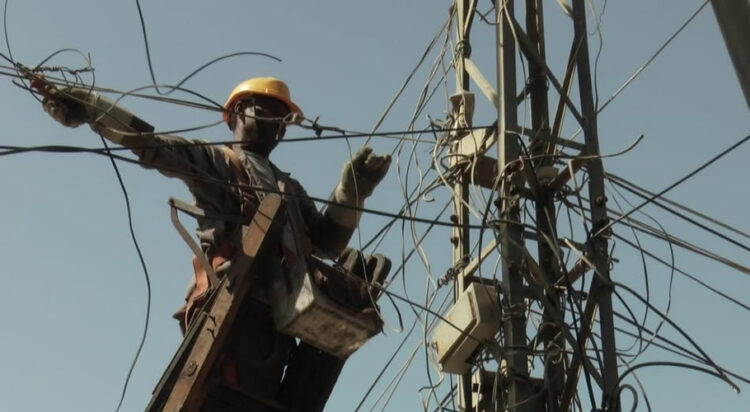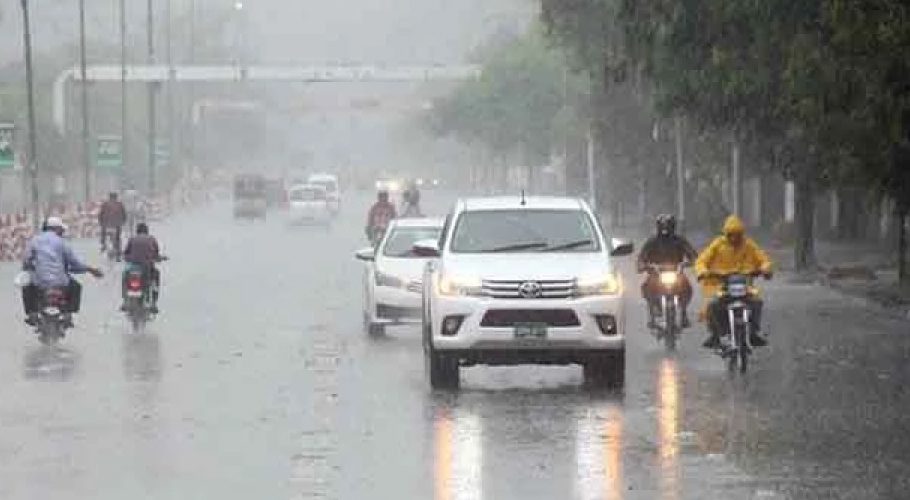Pakistan is grappling with an escalating energy crisis, fueled largely by widespread electricity theft, commonly known as the ‘kunda’ system.
According to a media report, the illegal connections and power theft have led to frequent power outages, rising electricity costs, and severe economic instability. As the nation faces persistent load shedding, experts identify rampant power theft as a major contributor to the growing energy shortfall.
Non-technical losses (NTL), which include theft, illegal connections, and meter tampering, are particularly problematic. These losses are difficult to track due to the lack of proper data collection, leading to inflated bills for consumers who are paying for power they never used. This also hampers the overall efficiency of the national power grid.
According to the 2023 State of Industry Report by the National Electric Power Regulatory Authority (NEPRA), the power distribution companies (DISCOs) are struggling with severe transmission and distribution (T&D) losses. For example, PESCO (Peshawar Electric Supply Company) reported a staggering 37.17 percent T&D loss in the fiscal year 2022-23, far exceeding its target of 20.24 percent. This resulted in a financial loss of Rs 77.5 billion. SEPCO and HESCO also recorded significant losses, contributing an additional Rs 160.49 billion to the already burdened circular debt.
In areas with high power theft, electricity outages are more frequent, severely disrupting businesses and daily life. Illegal connections also create dangerous situations, increasing the risk of electrocution and fires. Experts are calling for a multi-pronged approach to tackle power theft, including stricter law enforcement, better monitoring systems, and public awareness campaigns to highlight the dangers and costs of illegal connections.
Addressing these challenges and reducing both technical and non-technical losses could help ease the financial strain on Pakistan’s energy sector, reduce outages, and improve the stability of the power supply. However, achieving these goals will require collaboration between government authorities and the public.
































